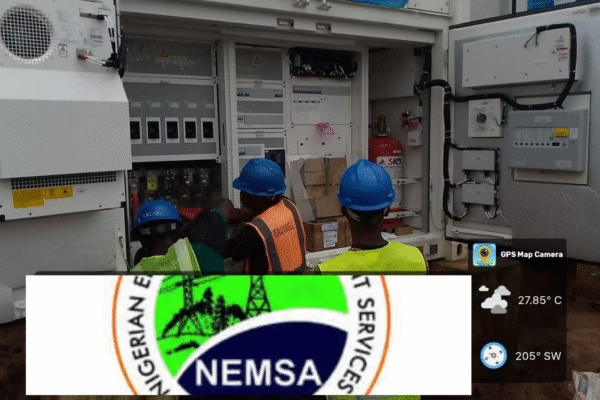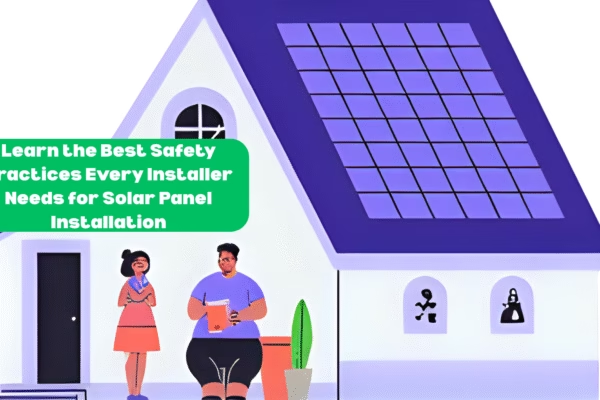Thinking about buying a cheap solar system?
You might want to pause before making that decision.
The price tag may look good—but what are you really paying for?
Let’s uncover what manufacturers don’t tell you and what those low prices actually mean for your wallet and your home.
What This Article Covers:
- What makes solar systems “cheap”
- Key parts that are often low-quality or missing
- How poor systems affect energy output and savings
- Real user complaints and hidden maintenance costs
- What to check before buying a solar kit
- Practical tips to avoid costly mistakes
What Do “Cheap Solar Systems” Actually Include?
Cheap solar kits often cut costs by reducing:
- Panel efficiency
- Battery storage capacity
- Inverter quality
- Wiring and mounting durability
- Installation support
You may still get panels and parts—but at what quality level?
Ask yourself: Will this system meet your actual power needs?
Common Issues with Cheap Solar Systems
- Low Efficiency Panels
Cheaper panels may have conversion rates under 15%.
High-efficiency panels hit 20% or more.
That’s a 33% performance difference on the same roof. - Weak Inverters
Some kits use inverters with low wattage thresholds.
They fail during surges or can’t power multiple appliances at once. - Battery Problems
Many budget systems skip batteries altogether.
Or they include low-capacity batteries that drain in hours. - No Warranties
If your panel cracks or fails early, you’re stuck with replacement costs. - Poor Build Quality
Thin wires, plastic mounts, or fragile glass panels can’t survive rough weather.
The Real Cost Over Time
Cheap solar systems may cost less upfront—but they often cost more long-term.
Here’s how:
- Frequent Repairs: Panels or inverters break down, requiring replacements.
- Lower Output: You produce less energy, which cuts your savings.
- No Scalability: Cheap kits can’t be upgraded later without replacing everything.
- Higher Bills: When output drops, you rely more on the grid.
A Case Study
A homeowner in Arizona bought a $1,500 solar kit online.
It worked for two months—then the inverter failed.
Replacement cost: $600
Shipping delay: 3 weeks
Lost energy savings: $120
Within six months, they had spent more than a $2,200 premium system would have cost.
Ask These Questions Before You Buy
Use this checklist to evaluate any system before purchase:
- What’s the panel efficiency rating?
- Is the inverter rated for peak loads?
- Does the kit include battery storage?
- Is there a performance warranty of at least 10 years?
- Are the mounting components weatherproof?
- Who do you contact for tech support?
If the seller can’t answer these questions clearly, move on.
Red Flags to Watch For
These are common warning signs with budget systems:
- No mention of brand names
- Missing technical specifications
- Too-good-to-be-true power claims
- No installation guide or customer support
- Short or no warranty coverage
Be wary of ads that push “10,000W for under $500.”
The math doesn’t add up.
High CPC Keywords Used in This Article
These terms appear throughout the article to help it rank:
- Cheap solar systems
- Solar power kits
- Solar panel installation
- Low-cost solar panels
- Home solar solutions
- Solar battery storage
- Off-grid solar systems
- High-efficiency solar panels
- Solar inverter problems
- Best solar system for home
They’re placed naturally in high-visibility areas to drive search traffic and Adsense value.
Better Alternatives That Still Save Money
You don’t need to overspend—but don’t buy the cheapest kit either.
Try this instead:
- Compare at least 3 solar providers
- Look for used panels from certified installers
- Ask about refurbished batteries with new warranties
- Use solar calculators to match your power needs with system size
- Start small with expandable systems that let you scale later
Are DIY Kits a Safe Option?
Some people save by installing kits themselves.
This only works if:
- You understand electrical load calculations
- You know local code requirements
- You’re confident working with wiring and roof mounting
- You’ve checked whether grid-tie systems are legal in your area
In most states, improper installs void warranties and may prevent you from getting solar tax credits.
How to Spot a Reliable Solar System
Look for these signs of quality:
- Panel warranties over 20 years
- Inverter efficiency above 90%
- LiFePO4 batteries (longer lifespan)
- MC4 connectors and waterproof wiring
- Clear UL or CE certifications
Brands like Renogy, Bluetti, and EcoFlow are trusted by thousands for a reason.
Final Thought
Cheap solar systems can look tempting—but they often leave you with low output, extra costs, and regret.
You don’t need the most expensive setup. You need the right one.
Always ask questions. Read real reviews. Compare specs, not just prices.
If you want solar to truly pay off, make sure you invest in something built to last.




